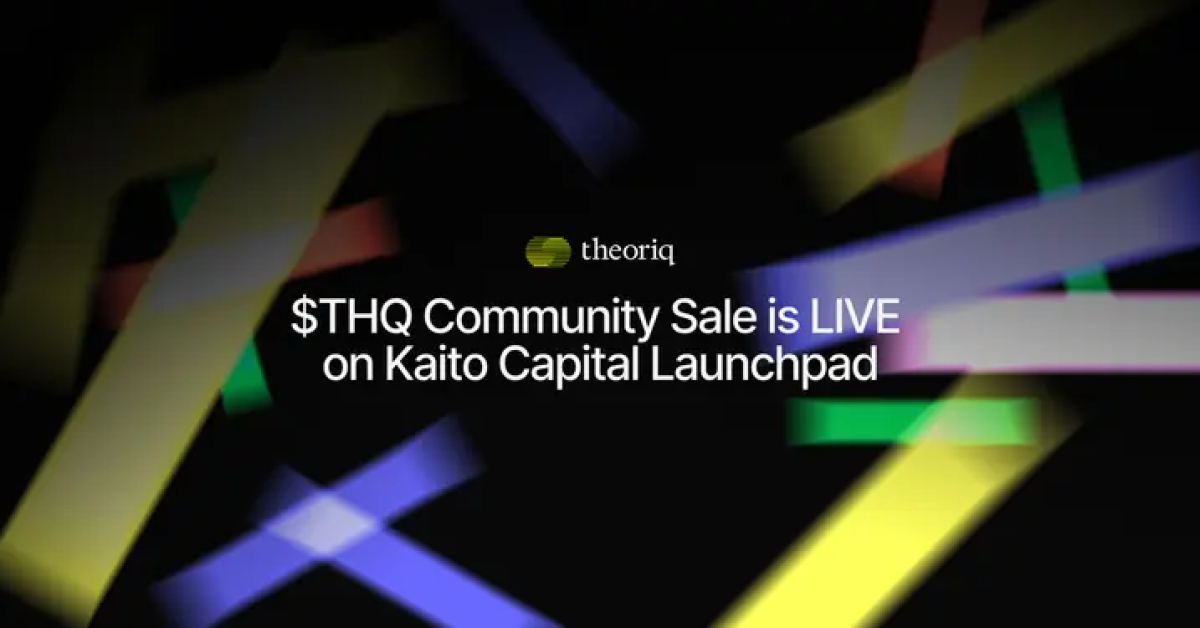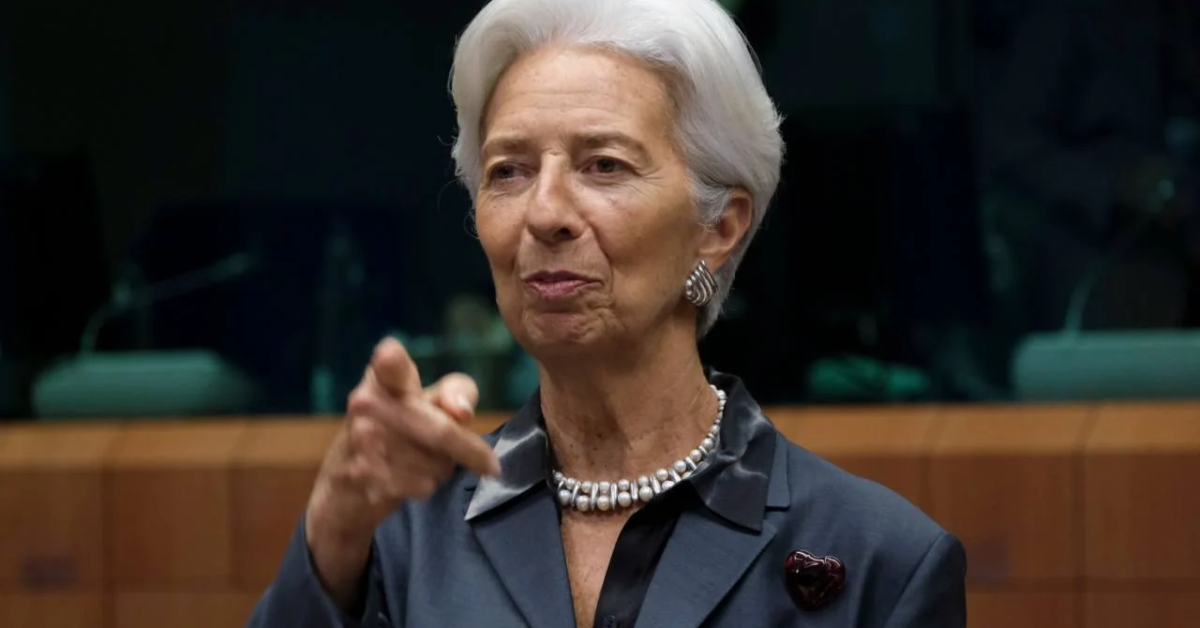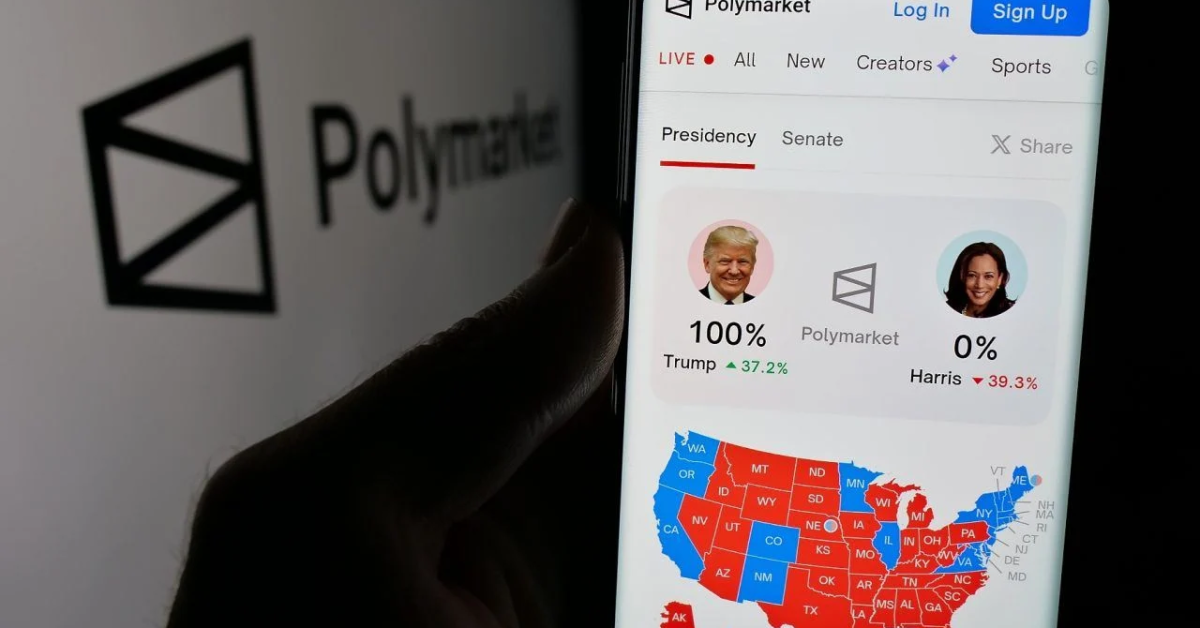As the digital landscape continues to evolve, businesses and developers alike are seeking innovative solutions to improve scalability, reduce costs, and enhance the efficiency of decentralized applications (dApps). One of the most exciting advancements in this field is the emergence of serverless blockchain technology. This concept not only revolutionizes the way we think about blockchain but also opens up opportunities for various industries, including small and medium enterprises (SMEs) and sectors like aquaculture. In this blog, we will explore serverless blockchain, its benefits, practical applications, and how it can shape the future of decentralized applications.
What is Serverless Blockchain?
At its core, serverless blockchain refers to a cloud computing model that allows developers to build and deploy blockchain applications without managing the underlying infrastructure. Instead of provisioning servers and worrying about scaling, developers can focus on creating smart contracts and dApps.
Key Terms Explained
- Blockchain: A decentralized ledger technology that records transactions across multiple computers, ensuring transparency and security.
- Smart Contracts: Self-executing contracts with the terms of the agreement directly written into code, facilitating automatic execution of tasks based on predefined conditions.
- Decentralized Applications (dApps): Applications that run on a blockchain or peer-to-peer network, eliminating the need for a centralized authority.
- Web3: The next iteration of the internet, centered around decentralization, allowing users to interact with applications without intermediaries.
- NFT (Non-Fungible Tokens): Unique digital assets that represent ownership of a specific item or piece of content on a blockchain.
- IoT (Internet of Things): A network of interconnected devices that communicate and exchange data with one another.
The Benefits of Serverless Blockchain
Scalability
Serverless blockchain simplifies scalability by automatically adjusting resources to meet demand. This is particularly advantageous for dApps experiencing fluctuating user traffic. For instance, during an initial coin offering (ICO), a dApp might experience a sudden surge in users. Serverless architecture can handle this load efficiently without compromising performance.
Cost Efficiency
By eliminating the need for dedicated server management, serverless blockchain reduces infrastructure costs significantly. Organizations pay only for the resources they use, making it a more accessible option for SMEs and startups that may not have large budgets for IT infrastructure.
Speed of Development
Developers can focus on code rather than server management, which accelerates development cycles. For example, companies in the aquaculture sector can deploy dApps more rapidly to track fish farming processes or supply chains without the complexities of setting up servers.
Enhanced Security
With serverless architecture, the underlying infrastructure is often managed by cloud providers, who implement security measures and updates. This alleviates the burden on organizations to keep their systems secure, allowing them to focus on securing their smart contracts and dApps.
Real-World Applications
Supply Chain Management in Aquaculture
The aquaculture industry faces challenges related to transparency and traceability. By utilizing serverless blockchain solutions, companies can record every transaction and movement of their products in a secure manner. This increases trust among consumers and helps ensure compliance with health regulations.
Decentralized Finance (DeFi)
Serverless blockchain can power DeFi applications, providing users with access to financial services without intermediaries. For instance, users can lend and borrow cryptocurrencies securely through smart contracts without the need for a traditional bank. The scalable nature of serverless architecture makes it a promising solution for rapidly growing DeFi platforms.
NFT Marketplaces
Serverless blockchain can facilitate the creation of NFT marketplaces, where artists can sell their works as unique digital assets without worrying about server downtime. This could benefit local artists in Vietnam, who want to enter the global digital art scene, providing them with tools to showcase and monetize their creations.
How Serverless Blockchain is Shaping the Future
The integration of serverless blockchain technology into various sectors is paving the way for a new era of decentralized applications. As more organizations recognize the potential of this approach, we are likely to see an increase in innovative dApps designed to solve real-world problems.
Conclusion
The move towards serverless blockchain presents a compelling opportunity for businesses looking to develop scalable, cost-effective, and efficient decentralized applications. Whether you are in the aquaculture industry or running an SME, embracing this technology could be key to staying competitive in the ever-evolving digital landscape.
The future is bright for serverless blockchain, and as we continue to innovate, the possibilities for decentralized applications are boundless. Embrace the change, leverage this technology, and be part of the next wave of innovation in the blockchain space!







